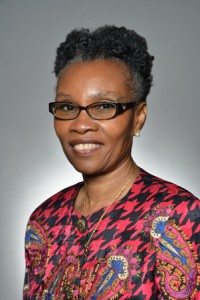By: Red Hot Mamas
Published: November 13, 2014
|
Contributed by Dr. Verna Brooks McKenzie, Red Hot Mamas® Medical Expert
|
|
As a member of the North American Menopause Society since 1997, I have always enjoyed attending the annual meetings because of the excellent quality of the scientific papers presented and also to meet with my international colleagues, make new friends, and dance at the president’s reception. The pre-meeting symposium on Hot Flashes- the Hallmark of Menopause, highlighted the importance of personalizing treatment for each woman by weighing her risk of breast and endometrial cancer, venous thromboembolism, coronary heart disease, stroke and other contraindications to hormone therapy versus benefits of treatment which culminated in the launching of the free mobile App for mobile phones and tablet devices, MenoPro, a clinical decision support tool for menopausal symptom management currently available for download on iPhones and iPads. The algorhythm developed will be a useful tool in guiding both practitioners and patients in the selection of the best treatment option (hormonal vs nonhormonal ). A 10- year cardiovascular disease risk score can also be assessed and links to online risk scores for assessing breast cancer and osteoporosis/fracture are also available. Other highlights of the meeting were: Adult stem cells and the body’s innate ability to regenerate every tissue in the body from mesenchymal stem cells in addition to hemopoietic stem cells in the bone marrow. This discovery is forming the basis of tissue engineering. Aging America and the challenges of changing demographics – baby boomers are turning 68 years old nearly every 8 seconds, women are typically living longer and are set to define the future of an aging America. Over-diagnosed: Making People Sick in the Pursuit of Health presented by H. Gilbert, MD, MPH who received a standing ovation for his excellent and humorous delivery of the fact that medicine has changed over the years and physicians are now using technology to “find things” in people who are not sick and prescribing treatment for something that may happen in the future in the name of “prevention”. The outcome is to turn more and more people into patients. |
 Red Hot Mamas In Charge of Change.
Red Hot Mamas In Charge of Change.





